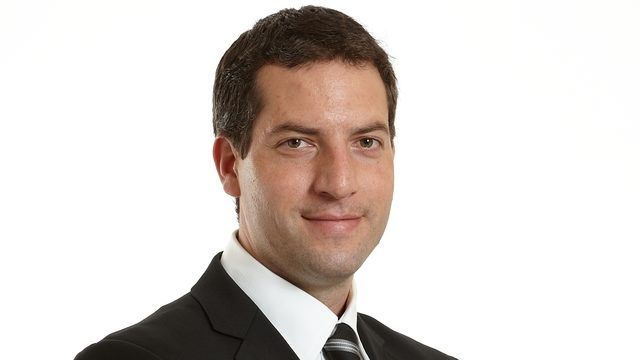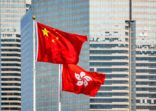BMO has seven ETFs listed in Hong Kong, two of which are past their “infancy” stage, according to Mark Raes, Toronto-based head of product at BMO Exchange Traded Funds. They are the BMO Asia USD Investment Grade ETF ($117m AUM) and the BMO Asia High Dividend ETF ($72m). Both were launched in 2014.
While the firm’s market share in Hong Kong by AUM is still tiny, it has grown to 0.72% in August 2017, from 0.64% a year earlier, according to Morningstar data.
After seeing the high demand for the Canadian bank’s fixed income ETF in Hong Kong, Raes hinted that the bank was eyeing further opportunities in this asset class. He did not provide details since no paperwork has yet been filed with the regulators.
Fixed income products are under-represented in ETFs, both in Asia and globally, according to Raes. “The benefits that ETFs bring, such as transparency, efficiency, exchange-trading, make sense for bonds even more than for equities,” he said.
Construction of a bond portfolio is more cumbersome compared to an equity one. Because the bond market is more opaque, many bonds are illiquid and trading costs are higher. Buying a bond ETF frees the investor from these challenges, he said.
In Canada, BMO’s main market, fixed income accounts for around 40% of ETF AUM, according to Raes. BMO commands 31% of the $107bn Canadian ETF market where it is the largest domestic ETF provider, second only to Blackrock iShares.
In Asia, Raes estimates the share of fixed income ETFs at below 20%.
“There is an opportunity here for [using bond ETFs in] portfolio construction,” Raes said. “For people to use ETFs for their fixed income allocation, there needs to be more product development.”
Hong Kong focus
Although ETF assets and product offerings have been growing fast in several Asian markets, such as Japan, Korea and Taiwan, BMO has chosen Hong Kong as the place to focus their Asian expansion efforts.
One of the reasons is the potential opportunity to sell their products to mainland Chinese investors through the China-Hong Kong “ETF Connect” scheme, which is currently under discussion. ETFs are not included in the existing Hong Kong-Shanghai-Shenzhen Stock Connect programme.
But considering the stage of development of the ETF landscape in Hong Kong, the Canadian bank sees much potential demand among Hong Kong investors. “When you look at ETFs [in Hong Kong], they are still very much in a developmental stage,” Raes said. “Both in terms of listings and products, but also in the assets and the growth.”
“The adoption rate [of ETFs by Hong Kong investors] has been slower than the industry would have guessed three or five years ago,” Raes said.
On the other hand, the AUM of ETFs domiciled in Hong Kong does not provide a complete picture of ETF holdings among investors. Institutional investors have access to ETFs traded in other markets. Based on his conversations with wealth managers, Raes estimates that foreign-domiciled ETFs − mostly in the US − represent almost half of AUM held in these products by local investors.
“When people look at domestic ETFs, they see lower AUM, less trading volume,” Raes noted. This turns some people away from the products.
“The first step is always to look at the underlying assets [to gauge the ETF liquidity],” he said. If the underlying assets are liquid, ETF units can be created or redeemed pretty much on demand, providing extra primary liquidity not visible in the secondary market.
“These ETFs can support larger trades, larger players, but sometimes people still view them almost like a stock.”
Another reason for the lack of ETF popularity is the mindset of local investors, who are more interested in trading than in long-term portfolio construction, he said.
According to Raes, in North America, ETFs are a tool for long-term portfolio construction. They would form the core of a client’s portfolio, while managers would add active funds and alternatives to complement it.
Rather than portfolio construction, Hong Kong investors still tend to focus on trading, Raes said. This approach is reflected in more single-stock holdings rather than funds or ETFs.
In November, BMOs oldest Hong Kong ETFs will have been on the market for three years.
Below is the performance of the firm’s three oldest Hong Kong ETFs, which follow different indices, versus the SSGA Tracker Fund, which follows the Hang Seng Index.
Source: FE. All fund NAVs have been converted to US dollars for comparison purposes.

















